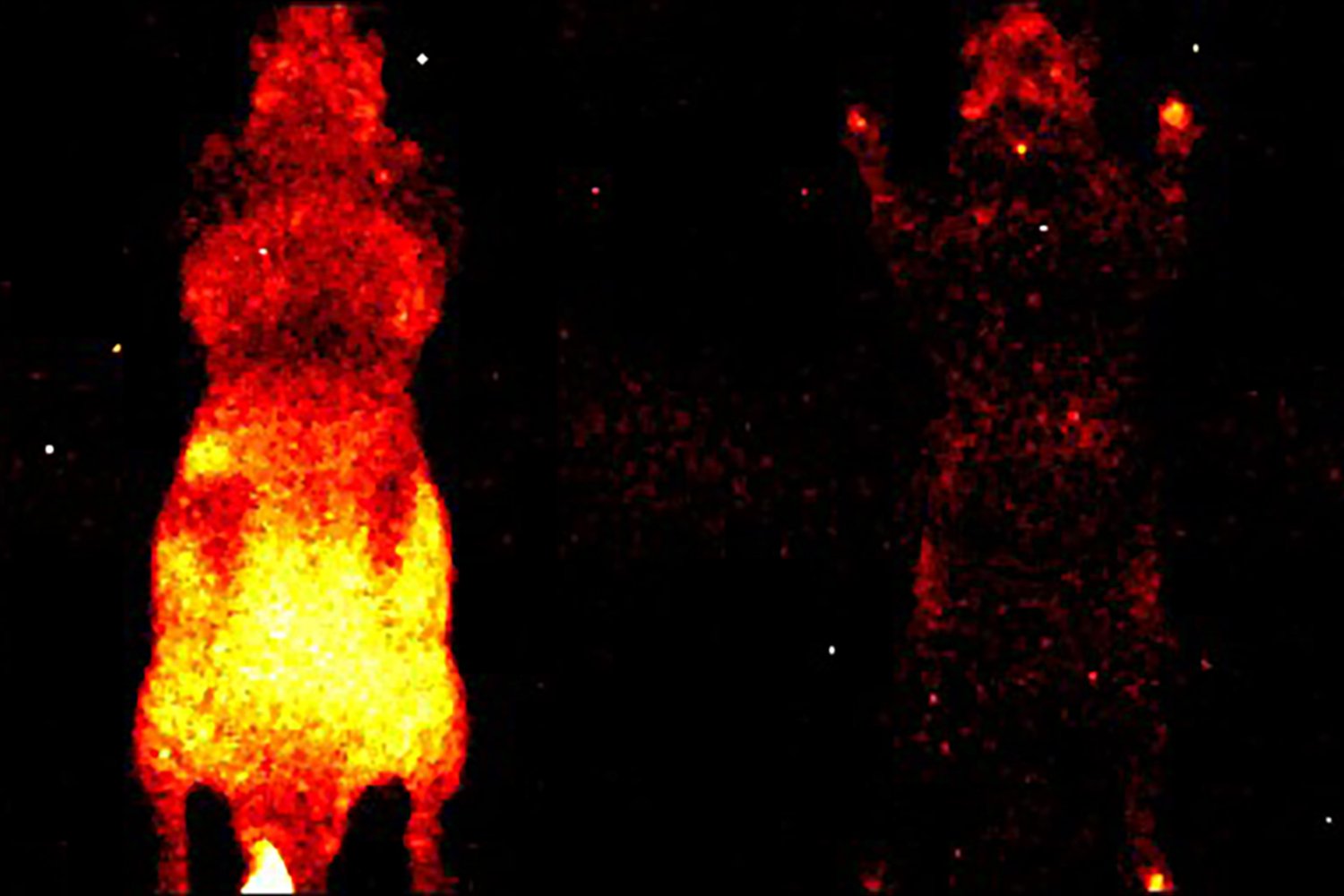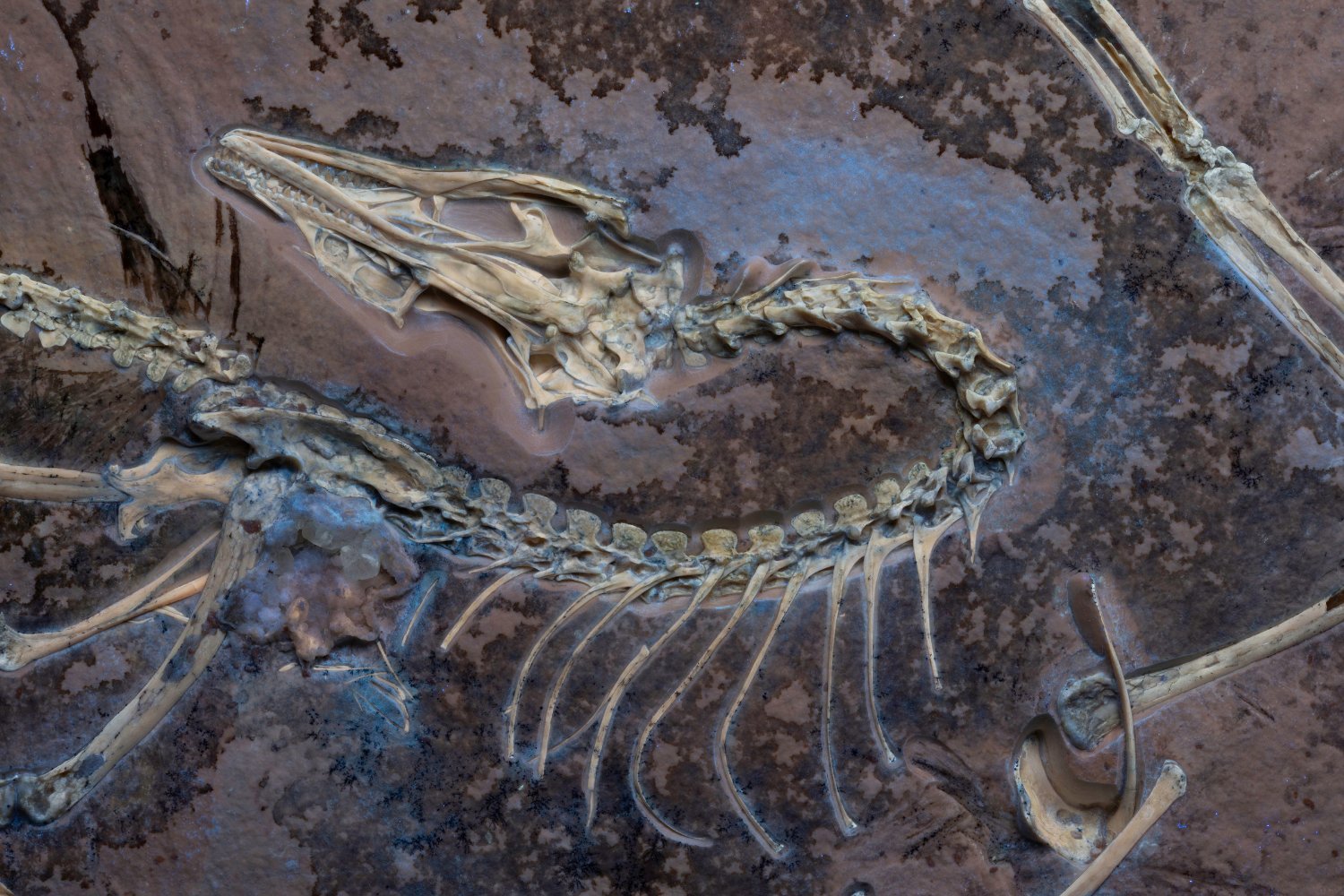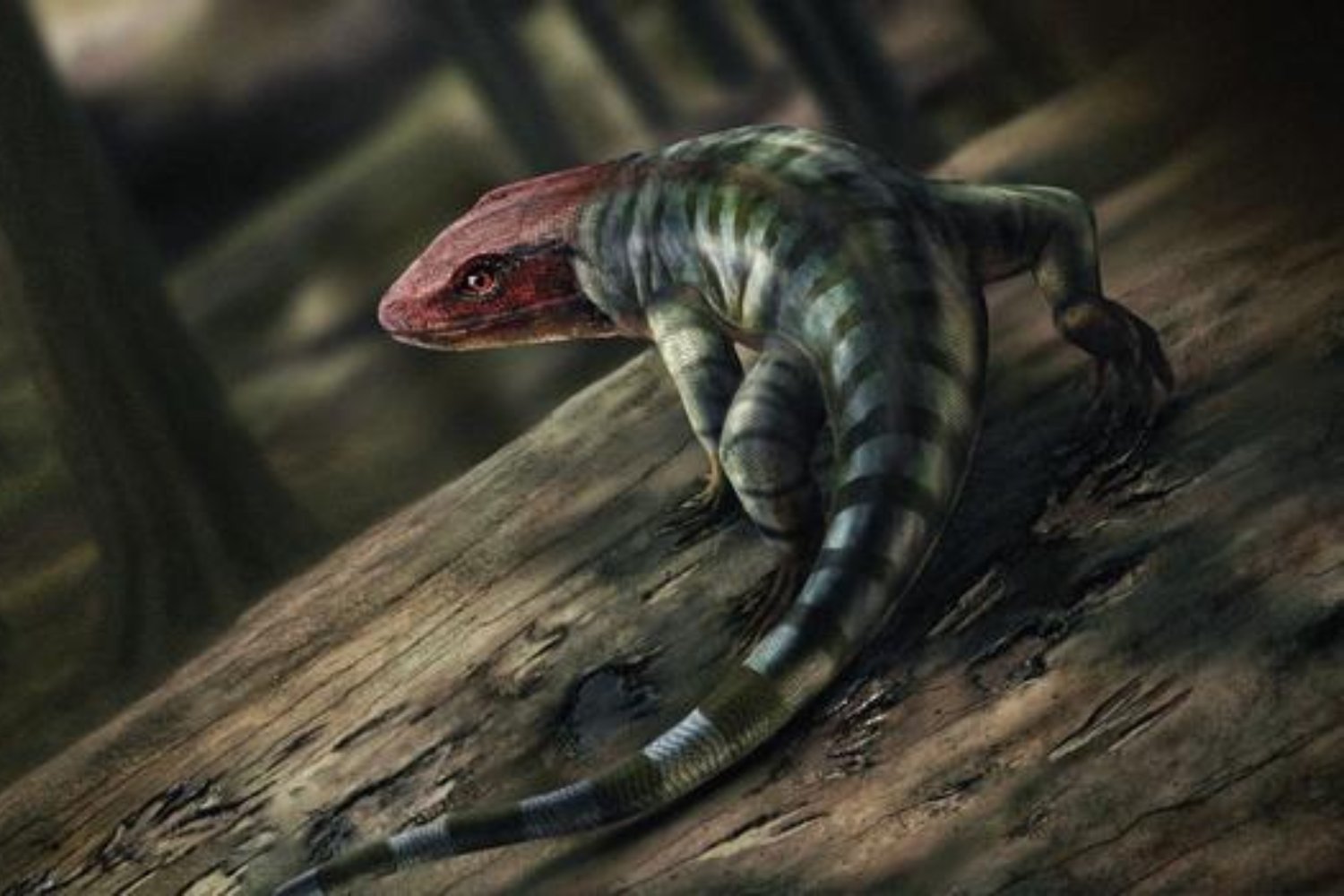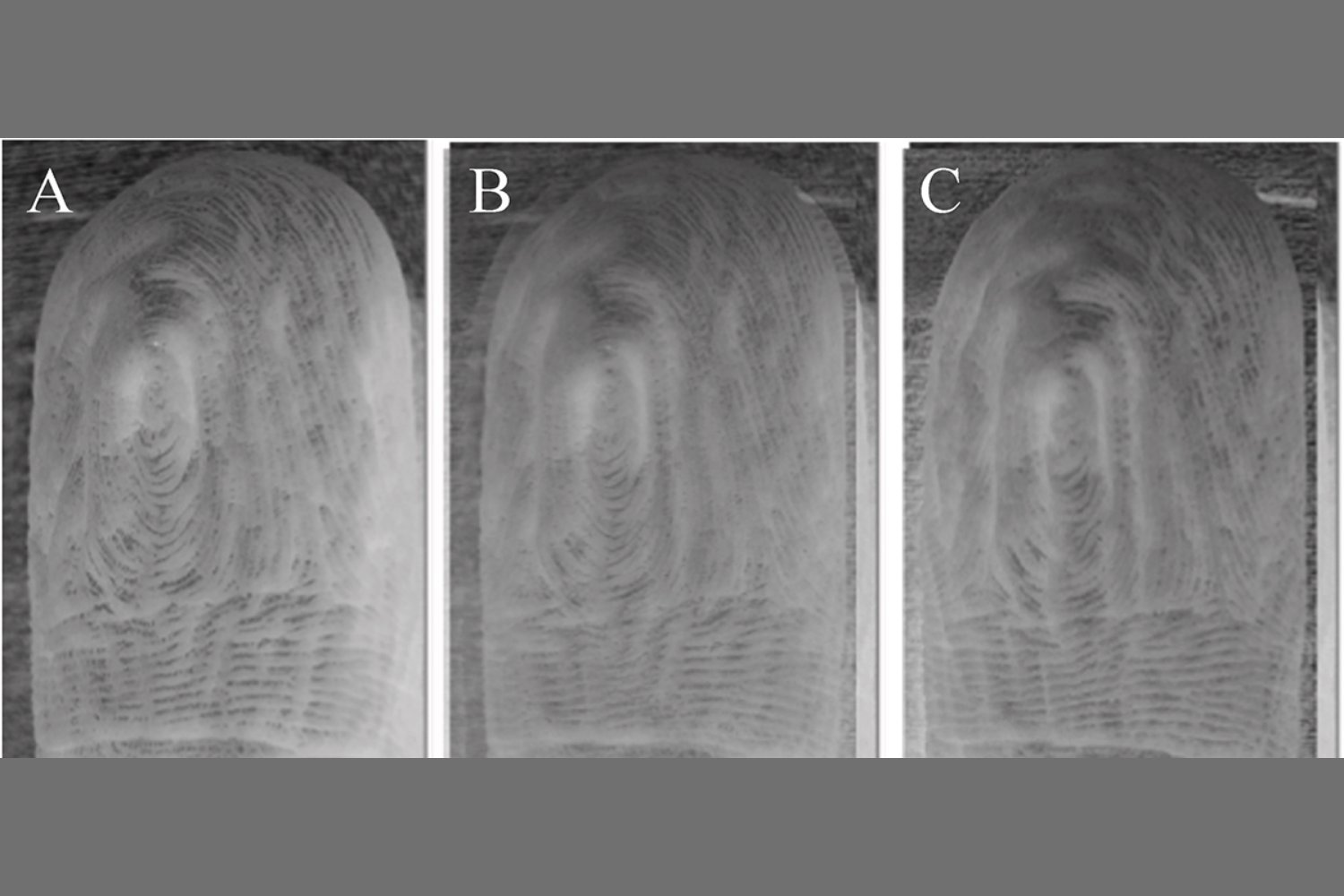The Cambrian period, a time of explosive evolutionary diversification, continues to surprise us with its strange and wonderful creatures. A newly discovered species, Mosura fentoni, unearthed from Canada’s Burgess Shale, adds a fascinating twist to our understanding of early animal evolution. This three-eyed predator, roughly the size of a human finger, possessed claws and flappy limbs, showcasing a unique blend of features.
Mosura belongs to a group called radiodonts, an extinct lineage of arthropods. Radiodonts are perhaps best known for Anomalocaris, a formidable, meter-long sea predator with spiny limbs and a circular, tooth-filled mouth. Like its relatives, Mosura sported a similar feeding disc and paddle-like limbs for swimming. However, it also displayed a remarkable, unexpected feature: a tail-like segment composed of 16 tightly packed body sections, each equipped with gills. This discovery was recently published in the Royal Society Open Science.
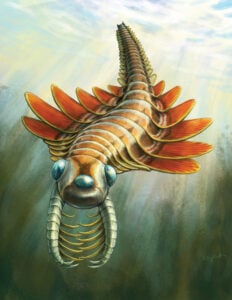 A life reconstruction of the radiodont *Mosura fentoni*.
A life reconstruction of the radiodont *Mosura fentoni*.
Mosura’s Unique Anatomy and Lifestyle
According to study lead author Joe Moysiuk, curator at the Manitoba Museum, “As much as we learn about radiodonts, there always seems to be something new and surprising about this group.” He points out the unusual nature of Mosura‘s abdomen, with its small segments and tiny flaps that would have been ineffective for propulsion.
The purpose of this extensive gill structure remains a mystery. Researchers speculate that it might be linked to Mosura‘s habitat or lifestyle. Perhaps it inhabited low-oxygen environments within the Cambrian seas or maintained a highly active lifestyle requiring increased oxygen intake. The creature’s distinctive shape, with its broad swimming flaps and slender abdomen, earned it the nickname “sea-moth” among researchers, inspiring the genus name Mosura, a reference to the Japanese kaiju Mothra. Despite the nickname, Mosura is only distantly related to moths, belonging to a far more ancient arthropod lineage. While radiodonts are long extinct, their remarkable preservation in the Burgess Shale continues to reveal new species.
Unprecedented Einblick into Cambrian Internal Anatomy
Beyond its unusual appearance, Mosura provides rare insights into the internal anatomy of organisms from half a billion years ago. Among the 61 Mosura fossils examined, some exhibit preserved nerve tissue, eye structures, a digestive tract, and even reflective patches indicative of an open circulatory system—essentially a heart pumping blood into internal cavities called lacunae. These same features, previously ambiguous in other fossils, are clearly evident in the Mosura specimens.
 Fossils of *Mosura fentoni* reveal internal anatomy.
Fossils of *Mosura fentoni* reveal internal anatomy.
The Burgess Shale: A Window into the Cambrian Explosion
The fossils, primarily collected by the Royal Ontario Museum over the past 50 years, originate from Yoho and Kootenay National Parks within the Burgess Shale region. This region represents a section of the ancient seafloor renowned for its exceptional preservation of soft-bodied organisms that once thrived there. Moysiuk has recently discovered other fascinating Cambrian creatures, including Titanokorys gainesi in 2021 and Cambroraster falcatus, nicknamed the “Millennium Falcon,” in 2019.
Science Fiction Meets Scientific Discovery
Moysiuk notes the frequent inspiration science fiction draws from living organisms, suggesting it’s only fitting for scientists to reciprocate. He playfully suggests the “Tremors” franchise as potential inspiration for future species names, referencing the giant worms depicted as Precambrian relicts.
As long as newly discovered creatures continue to exhibit the alien-like qualities of Moysiuk’s recent finds, it seems no science fiction franchise is safe from becoming enshrined in scientific nomenclature.




